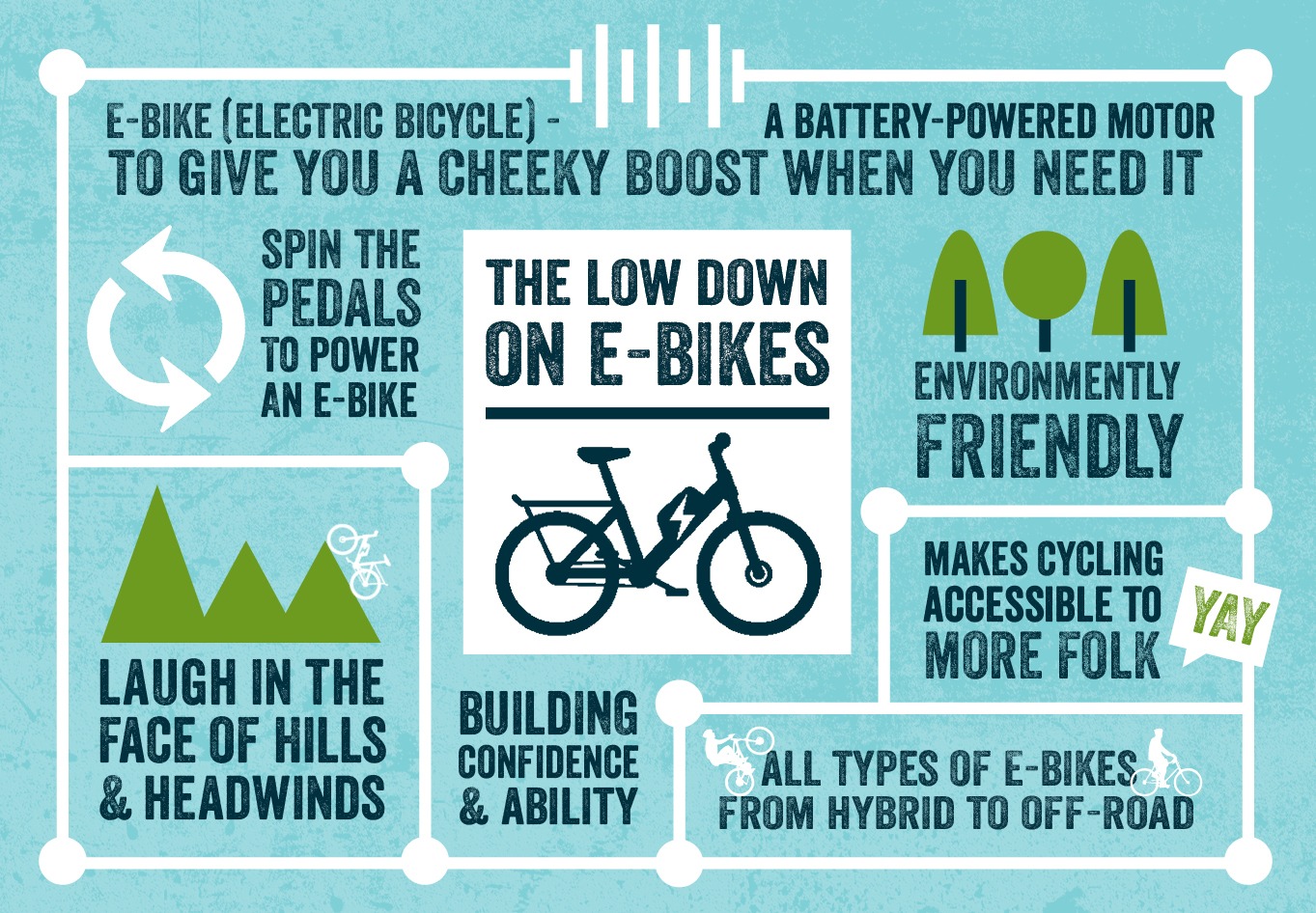If you're considering buying an e-bike, recognizing the various courses is key in making an informed decision. You may be surprised at exactly how each class provides special attributes that deal with various riding choices and legal requirements. From pedal-assist choices to throttle-controlled designs, each course has its advantages. So, prior to you select the ideal e-bike for your demands, it's vital to understand the differences in between Class 1, Course 2, and Class 3 e-bikes.
Class 1 E-Bikes
Class 1 E-Bikes are defined as pedal-assist electrical bikes that offer aid only when you pedal, ceasing to do so once you reach 20 mph. These bikes are ideal for those seeking a little added increase while still intending to get some workout. Class 1 E-Bikes use a smooth transition in between pedaling and electrical assistance, assisting you conquer hills and long distances with ease. The electric motor begins as quickly as you begin pedaling, giving an all-natural and simple and easy adventure experience.
https://collinaktcl.blogsmine.com/32705827/unacknowledged-e-bike-accessories-that-can-enhance-your-trip of the crucial advantages of Course 1 E-Bikes is that they're enabled on a lot of bike paths and routes where traditional bikes are allowed. This implies you can discover new courses and enjoy the great outdoors without any restrictions.
Furthermore, these bikes are environmentally friendly and offer a sustainable mode of transportation, decreasing your carbon impact while still getting you to your destination efficiently.
Course 2 E-Bikes
Proceeding from the pedal-assist characteristics of Class 1 E-Bikes, Class 2 E-Bikes introduce a new aspect right into the electrical bike realm. These e-bikes feature a spin throttle attribute, allowing you to ride without pedaling whatsoever. With hop over to here , you have the alternative to just engage the throttle and let the motor do the job, moving you ahead easily.
Class 2 E-Bikes are suitable for riders who may need a break from pedaling or call for aid when starting from a total quit. click now makes them specifically appealing for individuals with limited flexibility or those that want an even more leisurely riding experience.
However, it is essential to keep in mind that Class 2 E-Bikes are still regulated by a rate limitation of 20 miles per hour, ensuring security and conformity with policies.
Course 3 E-Bikes
For motorcyclists looking for a more vibrant electric cycling experience, Course 3 E-Bikes deal boosted speed and efficiency compared to their Class 1 and Course 2 counterparts. Class 3 E-Bikes are called "rate pedelecs" and can get to rates of up to 28 miles per hour, giving a thrilling trip for those searching for an added increase. These bikes come outfitted with a pedal-assist system that starts when you start pedaling, making it less complicated to maintain greater rates with less initiative.
One essential feature of Class 3 E-Bikes is that they aren't restricted to bike lanes only; they can additionally be used on roads where the rate limit is 30 mph or reduced. This flexibility permits riders to browse through traffic extra efficiently while still taking pleasure in the advantages of electrical assistance.
Nevertheless, it's essential to remember that some areas might have details policies relating to the use of Course 3 E-Bikes, so always examine local regulations before hitting the trail.
Verdict
So, since you recognize the distinctions in between Class 1, 2, and 3 E-Bikes, you can make an educated decision on which type best matches your demands. Whether you like pedal-assist, throttle function, or higher speeds, there is an E-Bike class available for you. Bear in mind to consider your regional regulations and personal preferences before making your option. Happy riding!
